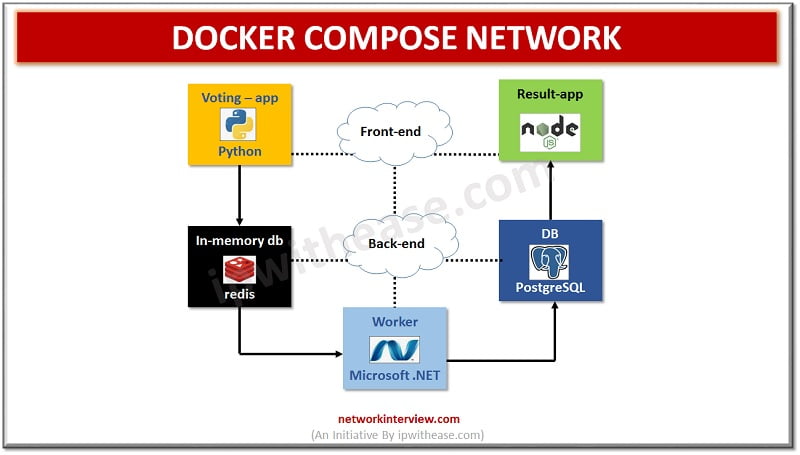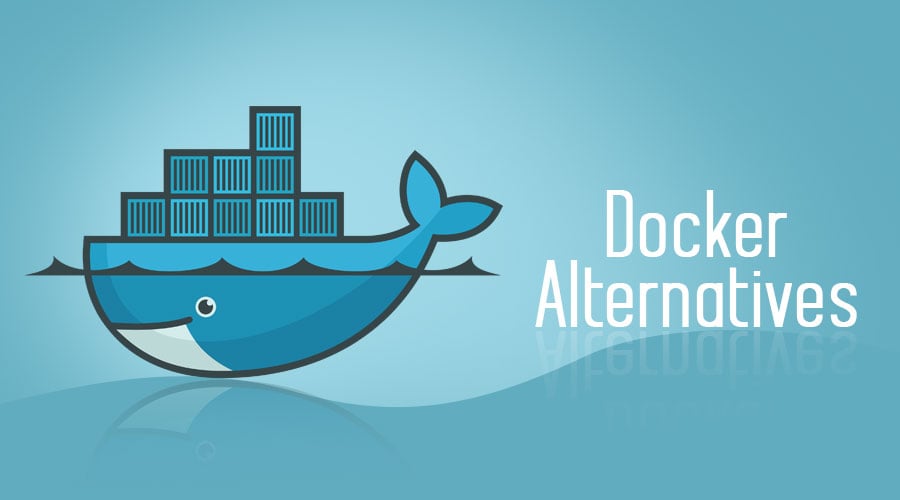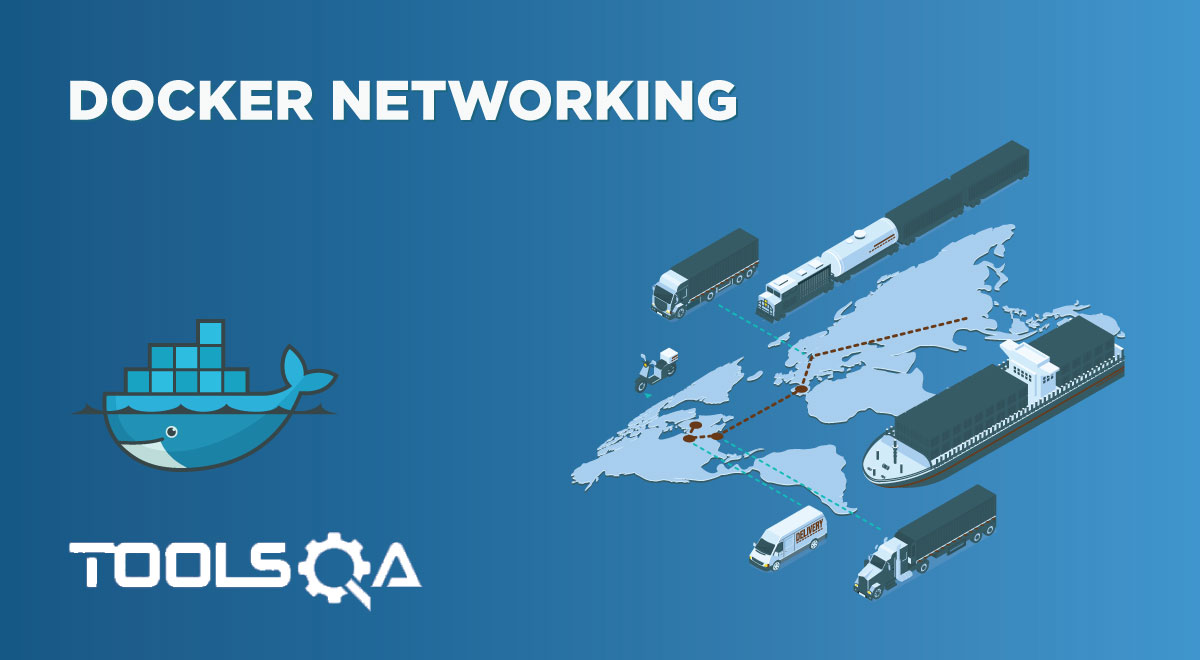Understanding Docker Network Pruning
Docker network pruning is a powerful and efficient method to optimize system resources and maintain a clean Docker environment. Its primary purpose is to remove unused or dangling networks, thereby reducing disk usage and enhancing overall efficiency. Docker network pruning is particularly useful in scenarios where numerous networks are created, used, and abandoned, leading to resource wastage and potential performance issues.
How and When to Perform Docker Network Pruning
To execute a Docker network prune, open a terminal and run the following command:
docker network pruneThis command will remove all unused networks. To confirm the action before executing it, add the –filter flag followed by the ‘dangling=true’ parameter:
docker network prune --filter dangling=trueThis will display a list of networks that will be removed if the command is executed. To perform the pruning operation at regular intervals, consider using a cron job or a similar scheduling tool.
Docker network pruning is recommended when:
- You have numerous unused networks consuming disk space.
- System performance is affected due to resource wastage caused by redundant networks.
- You want to maintain a clean and organized Docker environment.
Impact of Docker Network Pruning on System Performance
Docker network pruning has a significant positive impact on system performance by reducing disk usage and enhancing overall efficiency. By removing unused networks, you can:
- Free up disk space: Dangling networks consume disk space, which can be reclaimed through pruning.
- Improve container start times: With fewer networks to manage, Docker can allocate resources more efficiently, leading to faster container start times.
- Simplify network management: Pruning reduces the number of networks, making it easier to manage and monitor them.
Moreover, a clean Docker environment facilitates troubleshooting and debugging tasks, as the number of potential network-related issues is minimized. Regularly pruning Docker networks contributes to a well-maintained system that performs optimally.
Common Misconceptions and Best Practices for Docker Network Pruning
Docker network pruning is a valuable tool for managing Docker networks, but it is often subject to misconceptions. Here, we address some common misconceptions and provide best practices to ensure optimal results:
- Misconception: Pruning removes all unused networks. Reality: Docker network prune only removes dangling networks, not those in use.
- Misconception: Pruning impacts container functionality. Reality: Pruning does not affect the functionality of containers using the networks; it only removes unused networks.
- Best Practice: Schedule regular pruning operations using a cron job or a similar scheduling tool.
- Best Practice: Always double-check the networks to be removed using the ‘–filter’ flag before executing the prune command.
Alternatives to Docker Network Pruning
While Docker network pruning is an effective method for managing Docker networks, there are alternative approaches to consider:
- Manually removing unused networks: You can manually remove unused networks using the ‘docker network rm’ command. However, this method requires constant monitoring and manual intervention.
- Using third-party tools: Various third-party tools, such as Portainer, Rancher, and DockStation, offer advanced Docker network management features, including automatic pruning and visualization.
While these alternatives can be useful, Docker network pruning remains the most straightforward and built-in method for managing unused networks in a Docker environment. Regularly scheduled pruning operations, combined with manual intervention when necessary, can help maintain a clean and efficient Docker environment.
Real-World Scenarios: Implementing Docker Network Pruning
Docker network pruning can be beneficial in various real-world scenarios, including:
- Development environments: Regularly creating and removing containers during development can lead to numerous unused networks. Pruning these networks can help maintain an organized and efficient development environment.
- Testing environments: In test environments, where multiple test runs may result in unused networks, pruning can help ensure consistent performance and resource availability.
- Production environments: In production environments, maintaining a clean and efficient system is crucial. Regularly pruning unused networks can contribute to improved overall system performance and stability.
By incorporating Docker network pruning into your Docker management practices, you can ensure a more organized, efficient, and high-performing Docker environment.
Monitoring Docker Networks for Efficient Pruning
Monitoring Docker networks is essential for identifying potential candidates for pruning and maintaining an efficient Docker environment. Here are some tools and techniques to help you:
- Docker stats: The ‘docker stats’ command provides real-time performance information about Docker containers, including network usage. Regularly monitoring this data can help you identify unused networks.
- Docker system df: The ‘docker system df’ command displays disk usage statistics for Docker images, containers, and networks. By monitoring the ‘Networks’ section, you can identify networks that may be candidates for pruning.
- Third-party tools: Various third-party tools, such as Portainer, Rancher, and DockStation, offer advanced Docker network monitoring features, including visualization and usage statistics.
By incorporating these monitoring techniques into your Docker management practices, you can ensure that your Docker networks are efficiently managed and that pruning operations are performed as needed.
Troubleshooting Common Issues in Docker Network Pruning
Docker network pruning is a powerful tool for optimizing system resources and maintaining a clean Docker environment. However, you may encounter some challenges during the pruning process. Here are some common issues and solutions:
- Unexpected container behavior: If pruning causes unexpected container behavior, ensure that the containers are not dependent on the pruned networks. If dependencies exist, reconnect the containers to the appropriate networks.
- Network conflicts: In rare cases, pruning may result in network conflicts. To resolve this issue, restart the Docker daemon or the affected containers. If the problem persists, manually recreate the required networks and reconnect the containers.
By understanding these common challenges and implementing the suggested solutions, you can ensure a smooth Docker network pruning experience.







